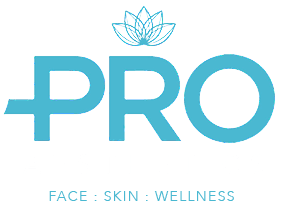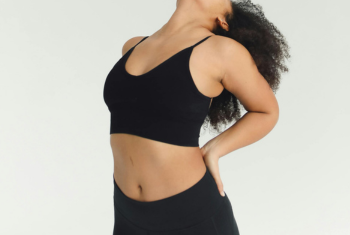How does lymphatic drainage massage aid sports recovery?
Physical exertion like running, lifting weights, and gym workouts can be draining on your body. Sure, exercise releases endorphins and helps to combat stress, but it can also leave you achey and tight if you don’t warm up and cool down properly. Many top athletes use a treatment called compression therapy, or lymphatic drainage massage, to help restore their body to fighting fitness again after a tough session. What makes lymphatic drainage massage so good for sports recovery, and is it any different to a regular sports massage?
What your lymphatic system does, put simply
Your lymphatic system flushes waste out of your body, helping it to perform at its optimum. Waste, in this sense, doesn’t necessarily bodily excretions or going to the toilet, but toxins in your blood, connective tissues, and muscles.
It destroys compromised cells and transports fats to the fresh ones where they are used as fuel for movement. This helps use them more effectively: your body can then burn these fats in movement, rather than storing them in pockets around your body.
What happens to your body when you exercise
When you exercise, your body breaks down carbohydrates in your system to use as energy. During this breakdown process, it produces lactic acid as a byproduct which then sits in our body and muscles after exercise.
If you don’t warm up properly, stretch, cool down afterwards, and drink plenty of water, then this lactic acid stays in your muscles and makes them achey, stiff, and tight. If you’ve ever been running, lifted heavy weights, or even moved heavy furniture without preparing your body and circulatory system first, then chances are you’ll know this feeling!
This stiffness after exercise is known as ‘DOMS’, or Delayed Onset Muscle Soreness.
If you do stretch and do a proper cool-down after exercising, then you help to work this lactic acid away. The less lactic acid build up you have in your muscles, the less stiff you can be.
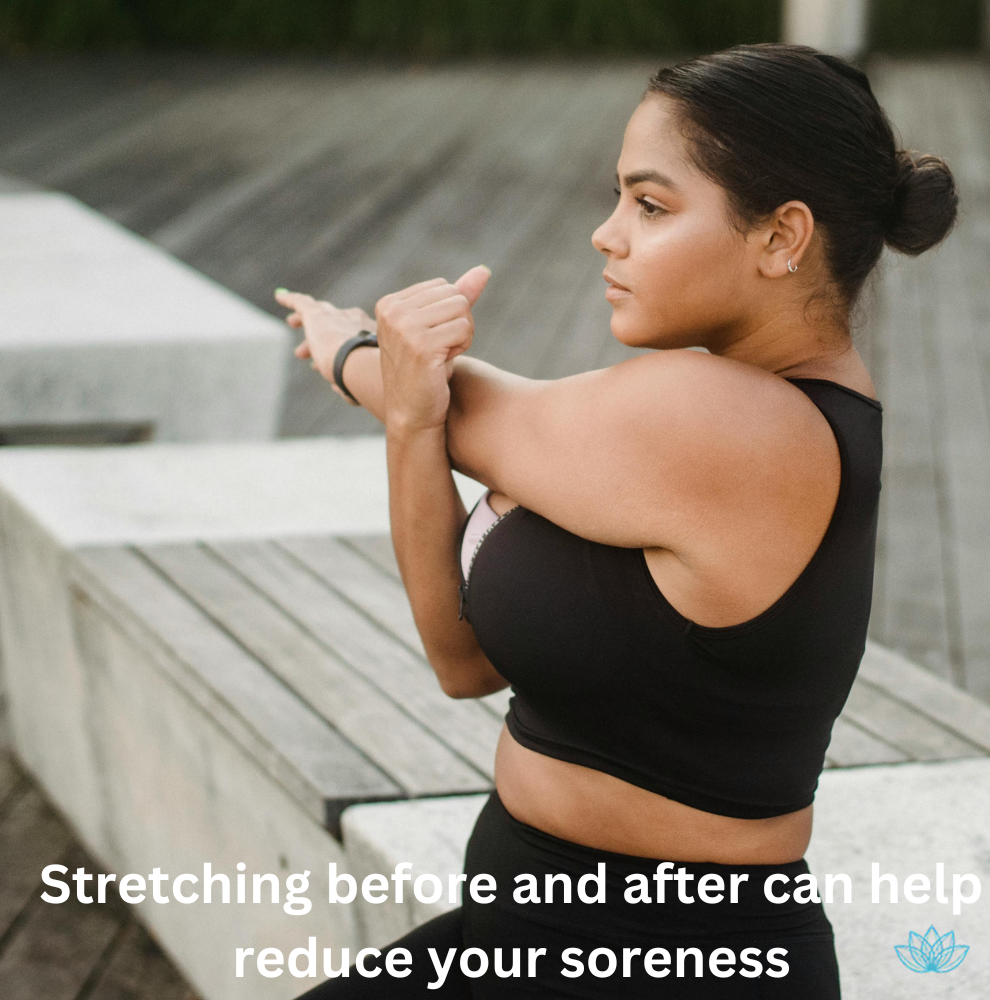
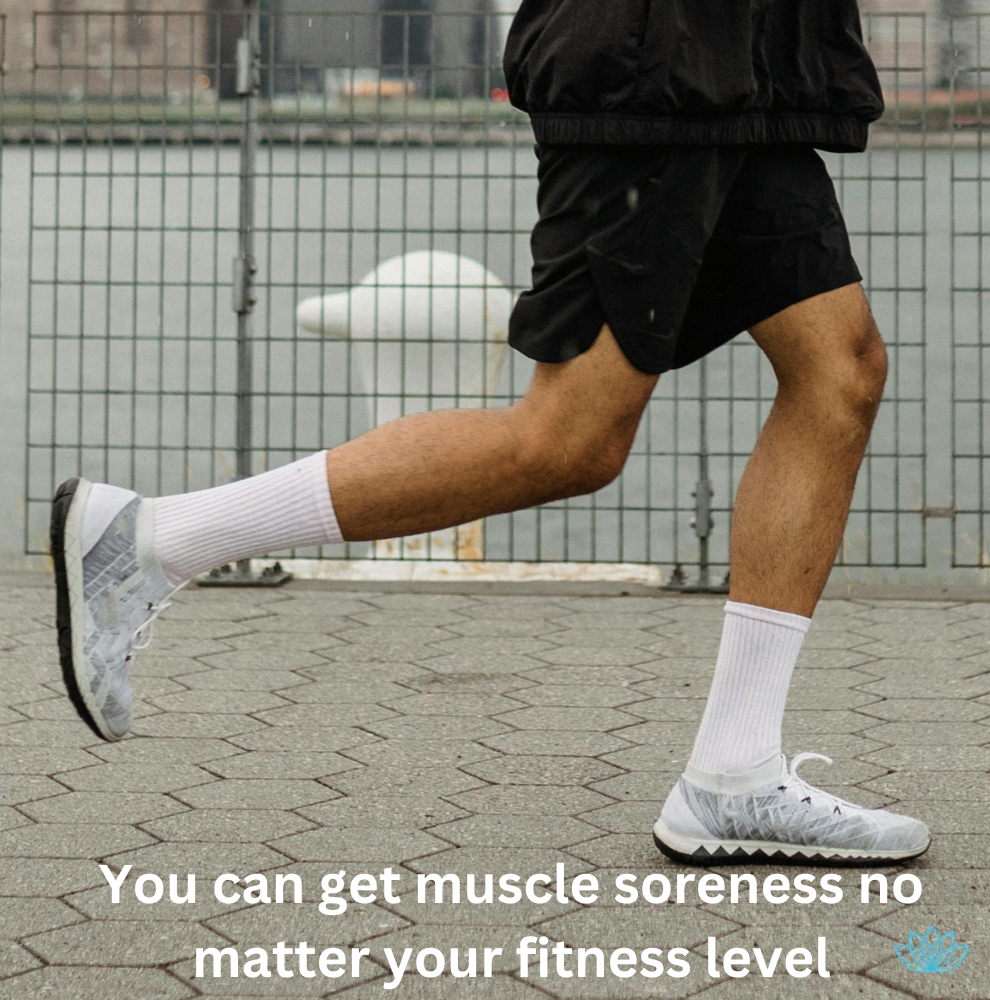
Lactic acid build-up
In this case, lactic acid is the waste product that the lymphatic system is trying to flush out. It works to move the lactic acid into your blood vessels so it can be flushed out of your system. Studies have shown this aided post-exercise recovery even when done manually with just hands or a tool, as well as with clinical technology.
Because the lymphatic drainage system is so closely linked to your circulatory health too, it also aids in bringing oxygenated blood to the fatigued areas so it can start healing and energizing the microtears in our tissues.
If our body already does this, why do you need lymphatic drainage massage after sports or exercise?
For those dedicated to staying active, whether as athletes or as someone who just likes to keep themselves busy, performance and mobility is paramount. Naturally, if you’re used to moving around a lot then you might not feel this stiffness as often, but even if you are a particularly active person then lactic acid can still strike.
If you’re not doing the necessary prep and maintenance of stretching, then waking up with stiffness and limited mobility could scupper any plans of working out again the next day. It’s a way of paying it forwards for yourself; preparing for the next round, not just getting yourself to the end of the first.
Lymphatic drainage massage, especially those using technologies like the Body Ballancer® we use at Pro Aesthetics, targets specific areas of the body and kneads them. You have lymph nodes all around your body – from in your armpits, to your stomach, to your hips and groin. This targeted massage technique helps to open up these lymph nodes as filtration points, then massages the sore areas to guide and push waste product up to these filters. This helps to encourage and to maximise waste drainage, even more so than your natural system can.
Compression therapy vs. sports massage?
Sports massage largely focuses around working out the kinks and tightness of the muscles that have been under heavy strain. It largely works on the actual muscles themselves, rather than the circulatory system. You may have seen videos of sports physios working on their patients, whose faces are red in discomfort… This is not what lymphatic drainage massage or compression therapy does!
Because compression therapy focuses solely on promoting circulation and waste management, essentially moving fluid and blood around your body, it is a lot gentler. It can also be seen as more holistic, since we are working to remove byproducts of exercise and not relieve a singular knot in a muscle. It focuses on the system overall, not just the affected area.
This being said, both can be used in a combined approach for better comfort, performance, and mobility.
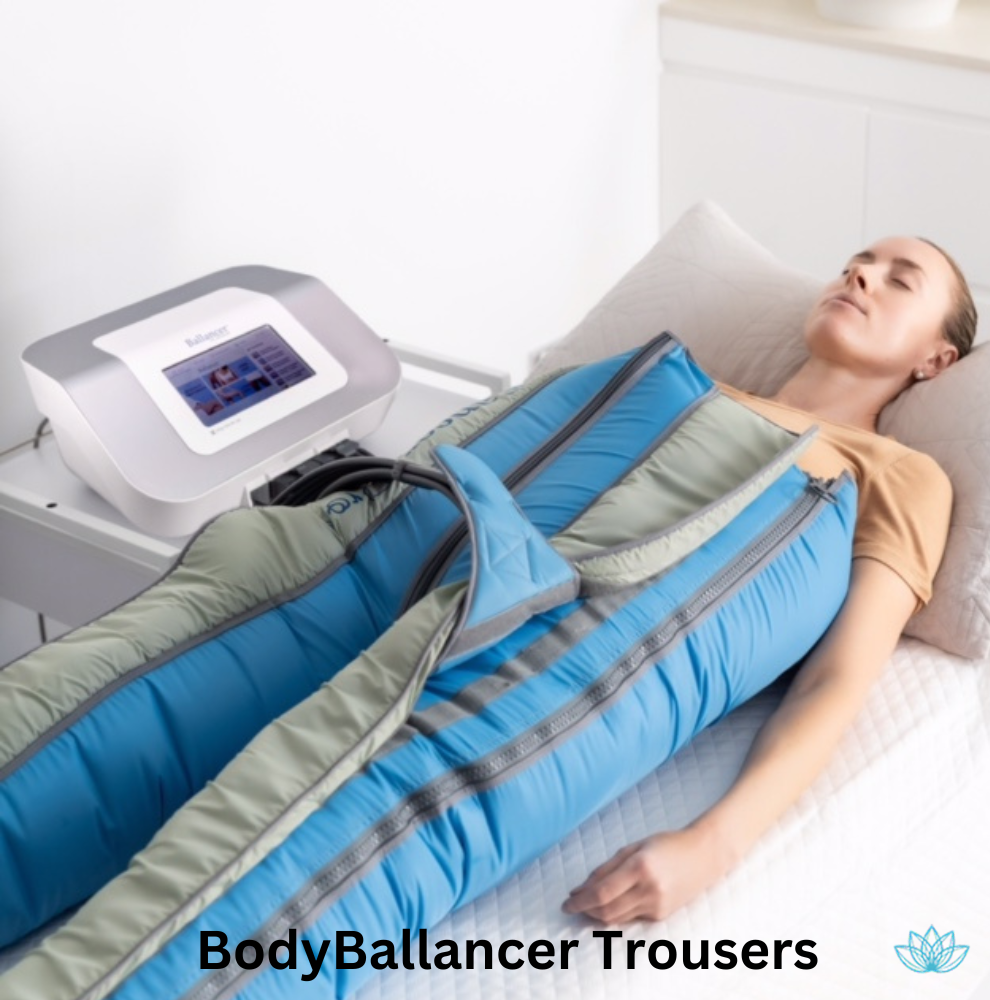
Can only active people benefit from this?
Not at all! Because the lymphatic drainage system is closely linked to many different aspects of health and wellness, it has many different applications. Yes, it’s good for sports recovery and mobility, but it’s used for improving circulatory health, boosting the immune system, and even reducing the visible appearance of cellulite. You don’t need to be running a marathon every weekend or even a spin class once a week to feel (or see) the benefits of compression therapy.
At Pro Aesthetics in West Bridgford, we use the Body Ballancer®. You can wear just the ‘trousers’ for compression therapy on your lower body (up to your waistline), just the ‘jacket’, or both in a full suit for a full body massage. It uses 24 interlocking air pockets that moves pressure up and down like a wave, and the sensation is actually quite relaxing.
To find out more and to book your first appointment, call the clinic today, ask us any questions by contacting us online, or book a session directly!
